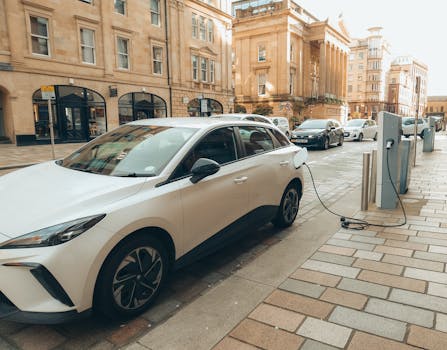
Smart Cities: Urban Trends for 2025
Introduction to Smart Cities
Smart Cities: Urban Trends for 2025 are revolutionizing the way we live and interact with our urban environments. With the increasing population and urbanization, cities are facing numerous challenges such as traffic congestion, pollution, and inadequate infrastructure. To address these issues, cities are adopting smart city technologies that integrate information and communication technology (ICT) with the physical infrastructure of the city.
Key Features of Smart Cities
Some of the key features of smart cities include:
- Sustainable Energy: Smart cities are adopting renewable energy sources such as solar and wind power to reduce their carbon footprint.
- Smart Transportation Systems: Smart cities are implementing intelligent transportation systems that use real-time data and analytics to optimize traffic flow and reduce congestion.
- Energy-Efficient Buildings: Smart cities are promoting the use of energy-efficient buildings that use green technologies such as green roofs, solar panels, and energy-efficient lighting.
- Waste Management: Smart cities are implementing smart waste management systems that use sensors and data analytics to optimize waste collection and disposal.
- Public Safety: Smart cities are using surveillance cameras, sensors, and data analytics to improve public safety and reduce crime.
Benefits of Smart Cities
The benefits of smart cities are numerous and include:
- Improved Quality of Life: Smart cities offer a higher quality of life for citizens by providing access to better transportation, healthcare, and education.
- Increased Efficiency: Smart cities are more efficient in their use of resources, which leads to cost savings and reduced waste.
- Enhanced Sustainability: Smart cities are more sustainable and environmentally friendly, which helps to reduce their carbon footprint and mitigate the effects of climate change.
- Improved Public Safety: Smart cities are safer and more secure, with reduced crime rates and improved emergency response times.
- Economic Growth: Smart cities attract businesses and investment, which leads to economic growth and job creation.
Challenges and Limitations
Despite the many benefits of smart cities, there are also several challenges and limitations that need to be addressed, including:
- High Upfront Costs: Implementing smart city technologies can be expensive, which can be a barrier for many cities.
- Complexity: Smart cities are complex systems that require careful planning and integration of different technologies and stakeholders.
- Privacy Concerns: Smart cities often involve the collection and analysis of large amounts of personal data, which raises concerns about privacy and surveillance.
- Cybersecurity: Smart cities are vulnerable to cyber threats, which can compromise the security and integrity of the city’s systems and data.
- Equity and Accessibility: Smart cities must ensure that all citizens have access to the benefits and opportunities that they offer, regardless of their income, age, or ability.
Conclusion
Smart cities are the future of urban planning and development, offering numerous benefits and opportunities for citizens, businesses, and governments. However, they also pose several challenges and limitations that need to be addressed. By understanding the key features, benefits, and challenges of smart cities, we can work towards creating more sustainable, efficient, and livable cities for all.





